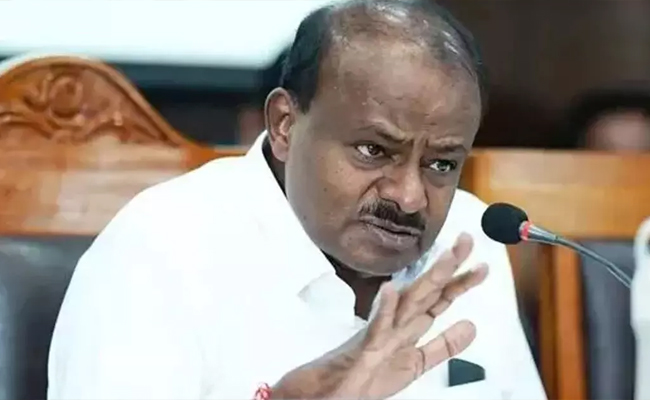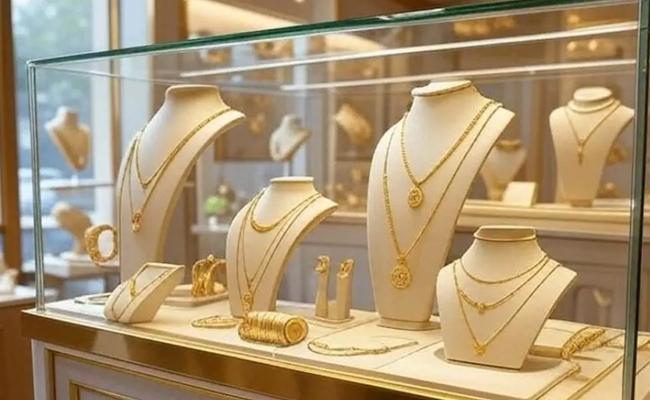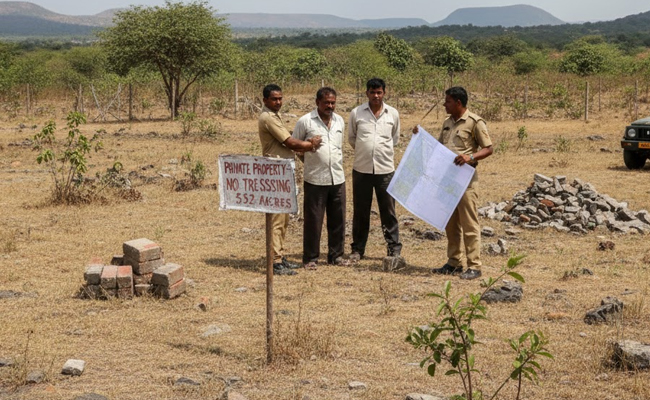New Delhi: The Congress has brought back the Haren Pandya murder case into political discourse as NASA astronaut Sunita Williams, Pandya’s cousin, returns to Earth. The party has questioned Prime Minister Narendra Modi’s sincerity in celebrating Williams' achievements, contrasting it with his alleged past indifference towards her due to her family ties with Pandya, a former Gujarat BJP minister assassinated in 2003.
The Congress Kerala unit posted on social media: "Modi pens a letter to Sunita Williams, and in all likelihood, she will put it in the trash. Why? She is Haren Pandya's cousin… He challenged Modi and was murdered during a 'morning walk'." The statement has reignited discussions about the case and its political implications.
Haren Pandya’s political rift with Modi
Pandya, a former Gujarat home minister, was a prominent BJP leader known for his RSS background. Tensions between him and Modi escalated in 2001 when he refused to vacate his Ellisbridge Assembly seat for Modi’s electoral entry into the Gujarat Legislative Assembly.
The rift deepened in 2002 when Pandya allegedly testified before an independent panel, led by Justice V. R. Krishna Iyer, about Modi’s role in the Gujarat riots. Some reports claimed Pandya accused Modi of instructing officials to allow retaliatory violence after the Godhra train burning. Following this, Pandya was removed from his ministerial post, denied an election ticket, and later found dead on 26 March 2003 during his morning walk in Ahmedabad.
Controversial investigation and legal battles
The CBI initially linked Pandya’s murder to Islamic militants, claiming it was an act of revenge for the 2002 riots. In 2007, a Gujarat trial court convicted 12 individuals, but the Gujarat High Court overturned the convictions in 2011, calling the investigation “botched, misdirected, and perverse.” The Supreme Court reinstated the convictions in 2019, rejecting demands for a fresh probe. Pandya’s father, Vitthal Pandya, had repeatedly accused Modi of shielding the real culprits.
Sunita Williams and Modi’s selective recognition
Congress has also highlighted the BJP government’s past indifference towards Sunita Williams. Reports from The Telegraph in 2007 noted that despite her achievements and Gujarati heritage, Modi’s administration ignored her accomplishments. Williams had previously campaigned for Pandya in 1998 and joined his victory procession.
In contrast, Modi has now praised Williams in a personal letter, calling her one of India’s illustrious daughters. Congress alleges that this shift is politically motivated. While the BJP has dismissed these claims, the Haren Pandya case continues to be a point of contention in Modi’s political legacy.
Let the Truth be known. If you read VB and like VB, please be a VB Supporter and Help us deliver the Truth to one and all.
Noida (PTI): A 46-year-old businessman was burnt to death after his moving car caught fire in Uttar Pradesh’s Gautam Buddha Nagar district, police said on Tuesday.
According to police, the victim was identified as Rajkumar Singhal, who was engaged in the paint business. The incident occurred late on Monday night near Sorkha village under the Sector 113 police station area.
Station House Officer Krishna Gopal Sharma said Singhal was driving towards Parthala Chowk when his vehicle suddenly caught fire for reasons yet to be ascertained.
Singhal was unable to get out of the car and died in the blaze, the SHO said.
Fire tenders reached the spot after receiving information, but the car had already been gutted, police said. The body has been sent for post-mortem examination and an investigation is underway.
Police suspect the presence of paint or other inflammable material in the car may have caused the fire to spread rapidly.

_vb_84.jpeg)



